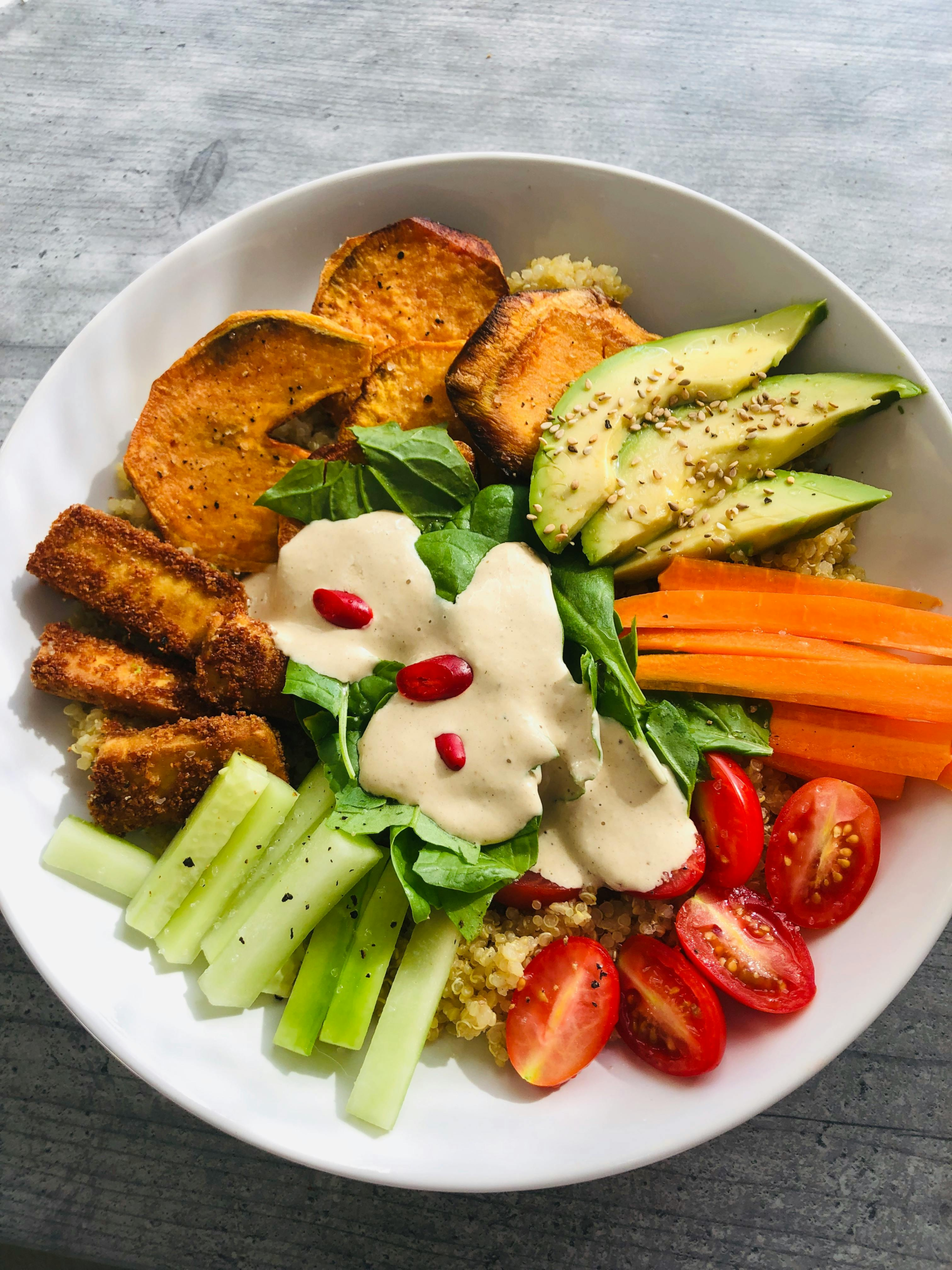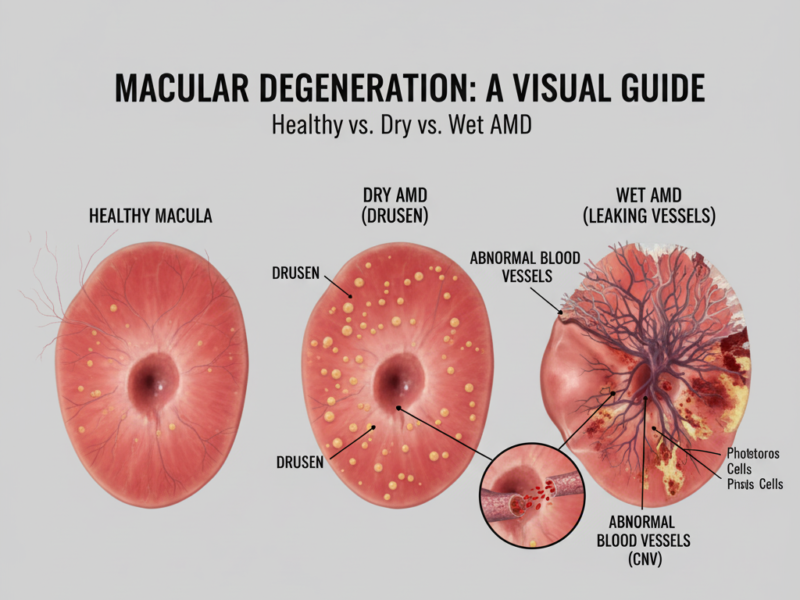👁️ Introduction: Why Nutrition Is the Foundation of Eye Health
The strategic consumption of powerful micronutrients is your first and most vital defense against vision loss, making a focused approach to Foods for Age Related Eye Conditions the single most important lifestyle choice you can make for preserving lifelong vision.
As we age, our eyes go through natural changes — the lens stiffens, the retina thins, and oxidative stress increases. These biological shifts make us more vulnerable to age-related eye conditions like:
- Age-related Macular Degeneration (AMD)
- Cataracts
- Glaucoma
- Dry Eye Syndrome
The good news? Research shows that up to 70% of vision loss risk associated with aging can be reduced through a nutrient-rich diet.
In this article, you’ll learn which foods (and nutrients) protect your eyes, how they work, and how to build a daily nutrition plan to preserve clear vision well into old age.
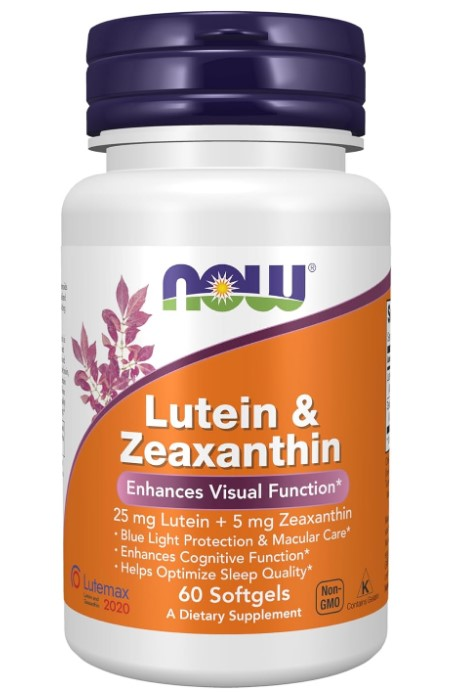
NOW Foods Lutein & Zeaxanthin
Supports macular health, blue light protection & visual performance.
- 25 mg Lutein + 5 mg Zeaxanthin
- Enhances visual function
- Helps with screen-related eye strain
🧬 1. Understanding How Nutrition Protects Your Eyes
Your eyes are highly metabolic organs, meaning they need constant nutrients to function and defend against damage.
Three main mechanisms protect your vision:
- Antioxidants neutralize harmful free radicals that cause retinal damage.
- Omega-3 fatty acids maintain healthy tear production and prevent inflammation.
- Carotenoids (like lutein and zeaxanthin) act as natural blue-light filters for the macula.
When your diet lacks these compounds, your risk of AMD, cataracts, and other degenerative conditions increases dramatically.
🥬 Did You Know?
<div style=”background-color:#f2f8fc; border-left:5px solid #0073e6; padding:15px; margin:20px 0;”> 💡 <strong>Did You Know?</strong> The retina consumes more oxygen per gram than any other tissue in your body — meaning it’s extremely vulnerable to oxidative damage without enough antioxidants in your diet. </div>
🥕 2. Key Nutrients That Protect Against Eye Aging
1. Lutein & Zeaxanthin
These two carotenoids form the macular pigment, which filters harmful blue light and supports central vision.
Best food sources:
- Spinach
- Kale
- Broccoli
- Corn
- Egg yolks
💡 Research Insight:
A 2024 Harvard study found that people who ate leafy greens 3–5 times per week had a 43% lower risk of AMD progression.
2. Vitamin C
A powerful antioxidant that supports blood vessels in the eyes and slows cataract formation.
Top sources:
- Oranges
- Kiwi
- Strawberries
- Red bell peppers
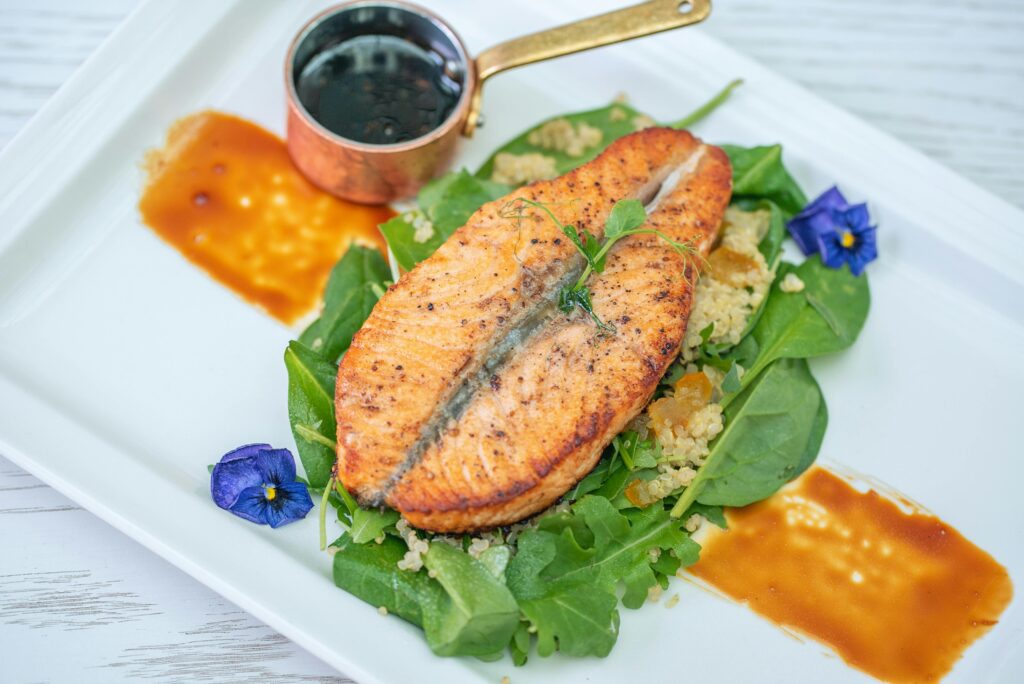
3. Vitamin E
Protects retinal cells from free-radical damage and supports the lipid layer of the tear film.
Top sources:
- Almonds
- Sunflower seeds
- Avocados
- Olive oil
4. Zinc
Zinc helps transport Vitamin A from the liver to the retina, where it forms melanin, a protective pigment.
Top sources:
- Oysters
- Pumpkin seeds
- Beef
- Lentils
5. Omega-3 Fatty Acids
Critical for maintaining the oily layer of tears, preventing dry eyes and inflammation.
Top sources:
- Salmon
- Sardines
- Flaxseeds
- Walnuts
6. Vitamin A (Beta-Carotene)
Essential for low-light and color vision. Deficiency can cause night blindness.
Top sources:
- Carrots
- Sweet potatoes
- Butternut squash
7. Selenium & Copper
Both minerals enhance the activity of antioxidant enzymes like glutathione peroxidase, which protects the retina from oxidative damage.
Top sources:
- Brazil nuts
- Mushrooms
- Whole grains
🧠 3. Building an Eye-Healthy Daily Meal Plan
Here’s how you can structure a nutrition routine that supports lifelong eye protection.
Breakfast
- Scrambled eggs with spinach and tomatoes
- Whole-grain toast with avocado
- Green tea or fresh orange juice
Lunch
- Grilled salmon with quinoa and steamed broccoli
- Carrot and kale salad with olive oil dressing
Snack
- Almonds and blueberries
- One kiwi or orange
Dinner
- Lentil soup with sweet potatoes
- Brown rice and sautéed kale
- Herbal tea or chamomile
Bonus:
Once or twice a week, include sardines or mackerel — they provide DHA and EPA, the two omega-3s most beneficial for your retina.
⚙️ 4. The Science Behind the “Eye-Protection Diet”
The AREDS2 (Age-Related Eye Disease Study) by the U.S. National Eye Institute found that specific nutrients significantly reduced AMD progression.
Their formula included:
- 500 mg Vitamin C
- 400 IU Vitamin E
- 10 mg Lutein
- 2 mg Zeaxanthin
- 80 mg Zinc oxide
- 2 mg Copper oxide
💡 People who followed this nutrient combination saw a 25% slower rate of AMD progression.
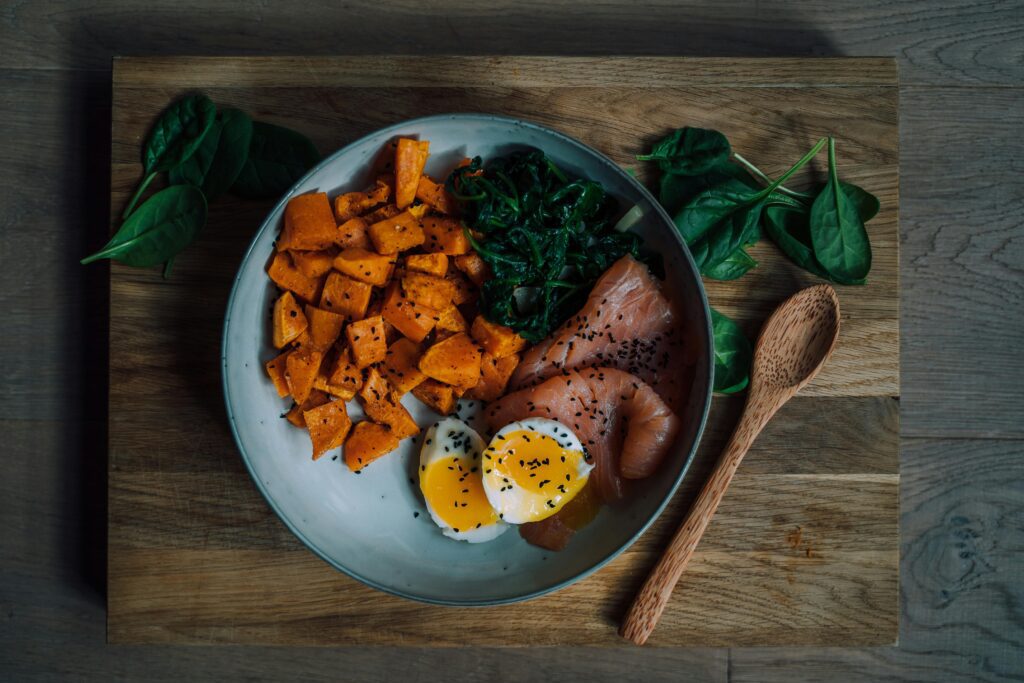
🧘 Lifestyle Tips to Enhance the Benefits of Nutrition
- Quit smoking — tobacco accelerates macular degeneration.
- Maintain a healthy weight — obesity increases oxidative stress.
- Wear sunglasses outdoors — UV exposure worsens cataracts.
- Exercise regularly — improves blood flow to the retina.
- Get enough sleep — regenerates tear production and retinal repair.
💬 FAQ – Frequently Asked Questions
Q1: Can diet really prevent age-related eye diseases?
Yes. While it can’t reverse genetic risk, a nutrient-rich diet dramatically reduces disease progression.
Q2: How soon can I notice improvements from better nutrition?
Within 3–6 months, most people report less dryness, sharper vision, and reduced glare sensitivity.
Q3: Are supplements as effective as real food?
Food sources are ideal, but AREDS2-approved supplements help fill nutritional gaps.
Q4: Is coffee bad for eye health?
Moderate coffee (1–2 cups/day) isn’t harmful, but hydration is key — pair it with water.
Q5: Can vegan diets support eye health?
Yes, if balanced with plant-based omega-3s (chia, flaxseed) and fortified B12.
✅ Conclusion
Nutrition is the first and most powerful defense against age-related eye diseases.
By adding just a few eye-protective foods — leafy greens, fatty fish, colorful fruits, and nuts — you nourish your retina, support your tear film, and strengthen your vision naturally.
Healthy eyes start on your plate.
Eat smart today to see clearly tomorrow.

